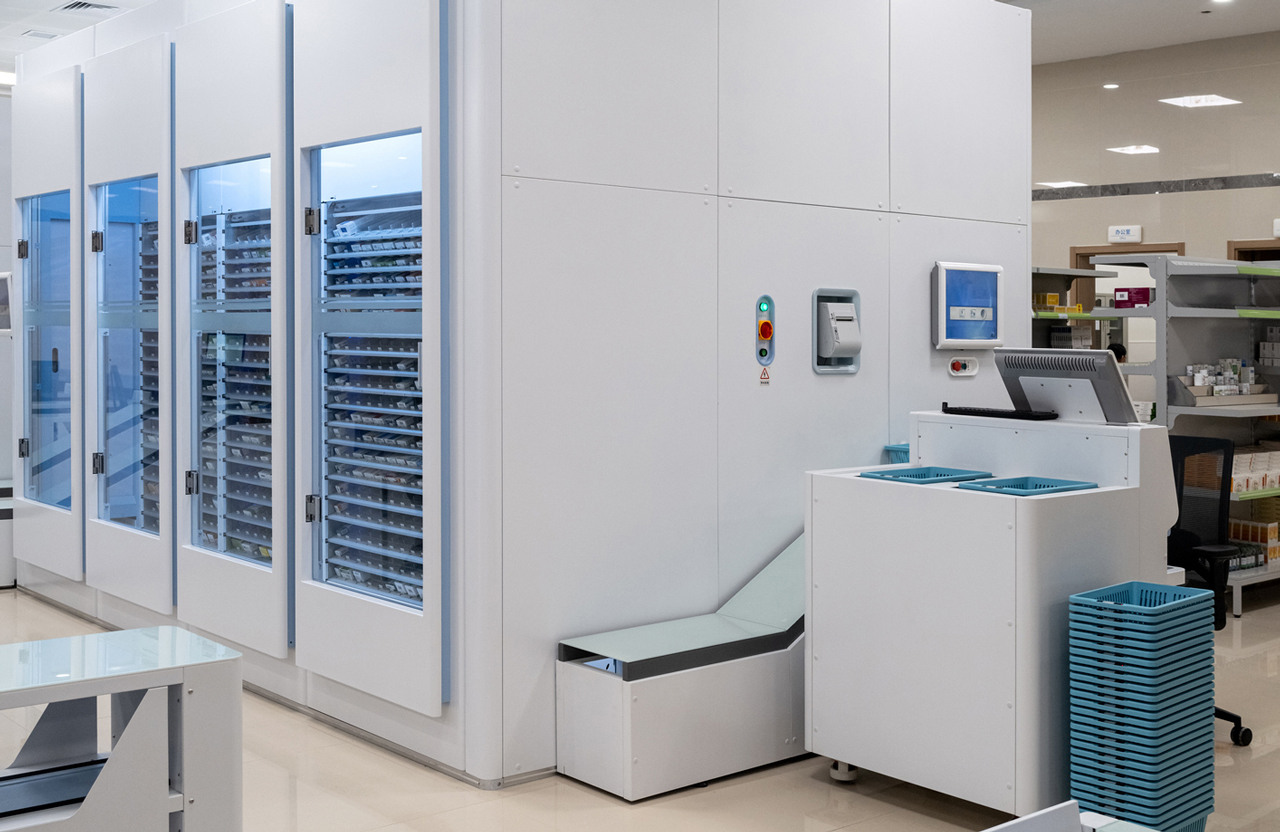Institute for Safe Medication Practices, Horsham, PA

Recently, paroxetine 20 mg tablets were found in a prescription bottle along with the prescribed promethazine 25 mg tablets. Upon investigation, it was determined that multiple bottles of paroxetine had been added to the automated dispensing technology’s (e.g., vial-dispensing robot) cell containing promethazine 25 mg.
Selection and storage errors
The pharmacy had been in the process of adding additional technology, and as a result, the shelves were compacted and medications rearranged. The promethazine and paroxetine bottles looked similar and were stored beside each other on the shelf.
Additional bottles of medications, behind the front-facing promethazine and paroxetine bottles, were likely mixed together. A pharmacy team member intended to grab multiple bottles of promethazine to refill the robot, but they mistakenly picked up bottles of both promethazine and paroxetine. The pharmacy determined that the original refilling error occurred about a month before it was discovered. All patients who potentially received the wrong medication were contacted.
In a second case, a pharmacy was in the process of refilling one of the robot’s cassettes with trazodone 50 mg tablets. The person refilling the machine retrieved two 500-count medication bottles from a storage shelf, but without realizing it, one of the containers held topiramate 50 mg, not trazodone 50 mg. Both medications were manufactured by Zydus Pharmaceuticals, and the bottles and tablets looked nearly identical.
Also contributing to the selection error was the fact that one bottle had been sitting right behind the other where they were stored. Fortunately, before anyone received the wrong medication, a pharmacist caught the filling error while verifying a prescription for trazodone 50 mg when she recognized that the two drugs appeared to be mixed together in the prescription vial.
While automated dispensing technology software commonly requires (or allows for) barcode scanning when adding medication to a cell, most only require the scanning of a single bottle. If multiple bottles are used to refill the cell, the technology can be bypassed by scanning just one bottle. That is, if you are trying to add 500 tablets and the medication comes in 100-count bottles, you can scan just one of the bottles and then pour the remaining four bottles—even if they are the incorrect medication—into the dispensing robot cell.
Takeaways
Pharmacies with robotic dispensing capabilities need to address situations in which multiple bottles of tablets are used to refill a cassette. Visual checks are important, but, as described above, cannot be solely relied upon for proper identification of bottle contents.
Check with your technology manufacturer to learn what is recommended to address situations in which multiple bottles are used to refill a cassette. Ideally, the filling process should require a scan of the barcode printed on the label of each stock bottle before it is added.
Establish standard work practices to barcode scan each stock bottle. Use only unopened stock bottles to ensure the national drug code number, lot number, and expiration date match for all tablets.
Complete the entire process of filling one cell before moving to the next cell and corresponding drug bottle(s). Restrict privileges to make modifications, adjustments, or changes in the bin contents of automated dispensing systems to properly trained staff members.
Pharmacy managers and/or regional personnel for chain pharmacies should periodically perform quality control checks by observing the processes involving automation to ensure adherence to the standardized work practices. If at-risk behaviors, such as scanning only one bottle or scanning the same bottle twice, are observed, coach staff to see the potential for error and the importance of scanning each bottle. ■